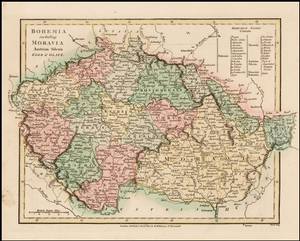The knedlíky dumpling originated with the spread of Ashkenazim, as this sect of the Jewish faith loved and relied on the dumpling in its most basic forms as a dietary staple. Therefore, the dumpling’s prevalence throughout Eastern and Central Europe can largely be attributed to the migration of Ashkenazic Jewish populations. This occurred during the twelfth century specifically in 1394, when the Jews were expelled from homes in Central Europe (namely France) by the Albigensian Crusade, during which many Jews migrated to Germany and were introduced to Yiddish culture.
The most ancient origins of stuffed knedlíky were bread dumplings, which allowed cooks to transform leftover bread loaves into nutritious, savory meals. It was initially featured as an aspect of the Shabbas cholent, in which a ball of savory bread batter with egg as binder was dropped into the center of the stew; the dumpling developed a rich flavor and texture as it simmered with the cooking cholent overnight. The dumpling would be served warm at lunch the next day after Shabbas services. Franco-German Ashkenazic cooks began to add onions, gribenes or (if wealthy) spices to the bread batter balls.
The place of origin of knedlíky as we know it today is Bohemia, a section of the Czech Republic and the former Czechoslovakia. Knedlíky which still has deep cultural roots in the cuisine of the Czech Republic.
Prague’s National Agriculture Museum in Prague held a celebration on August 22, 2010 to highlight a culinary phenomenon enjoyed not only by Czechs but also by their neighbours, a day honouring the knedliky. The day, open to schools and members of the public, accompanied an on-going German-Czech exhibition entitled Knedlíkové Nebe (Dumpling Heaven) – a three-year project looking at the history of the food as a shared culinary heritage.
Please Edit Content to specify a audio file.
http://www.radio.cz/en/section/panorama/national-agriculture-museum-celebrates-the-dumpling-as-culinary-cultural-phenomenon

